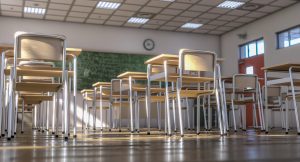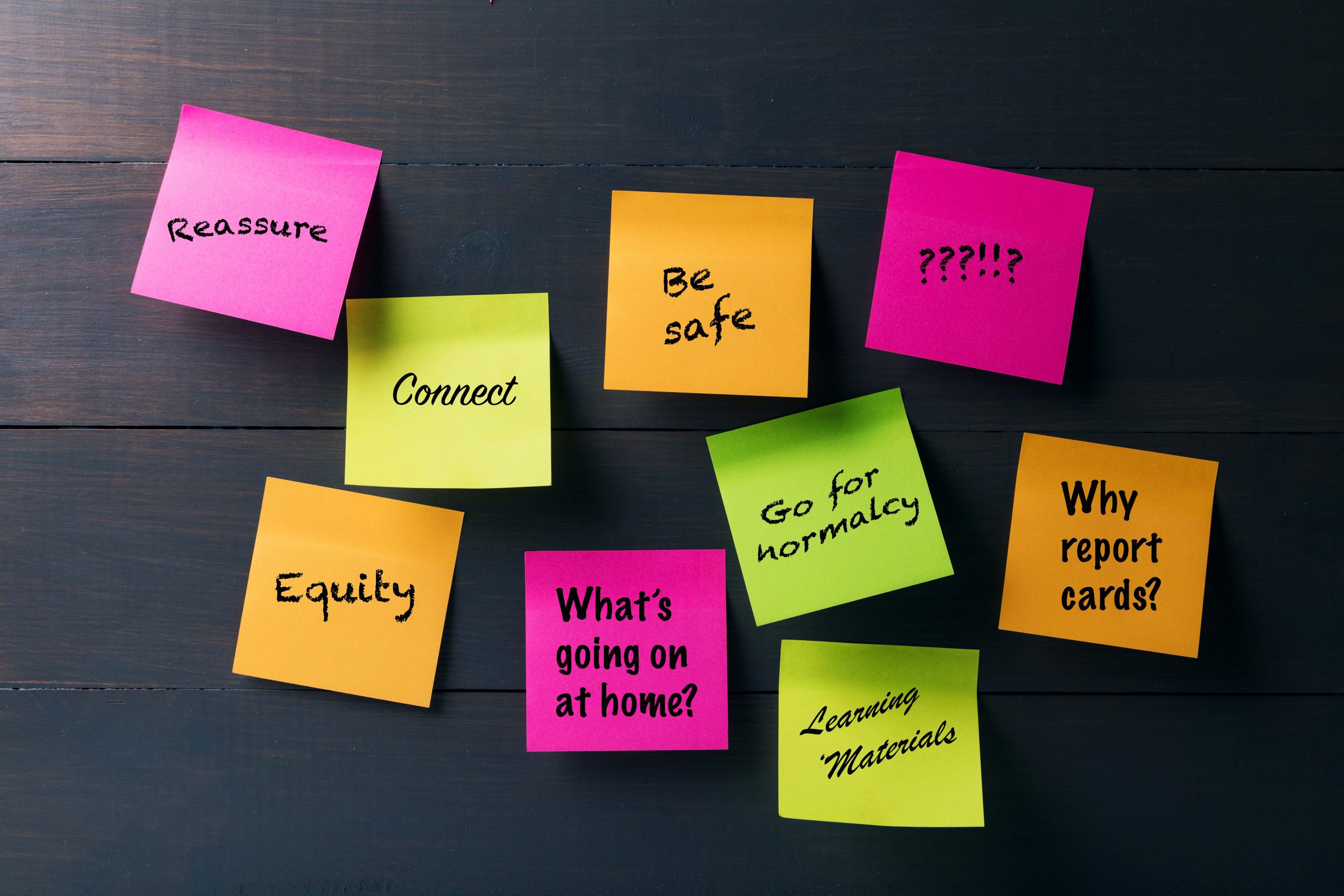Ministry’s COVID-19 plan for students should not involve report cards
There are some reasonable features of the Ford government’s plan, announced Tuesday, to cope with education during the COVID-19 pandemic. It makes sense to close publicly-funded schools until May 4. As health and safety officials learn more about the progress of COVID-19 and the success of Ontario’s response, this date may well have to be extended. The same is true for private schools, childcare centres and EarlyON programs which remain closed until April 13 due to Ontario’s Declaration of Emergency, which, according to Education Minister Stephen Lecce, only allows closures to be extended for 14 days at a time.
The government’s plans for education during the pandemic, are clearer. It’s good to see in Mr. Lecce’s outline, a focus on connecting students with mental health supports as well as their teachers. He also wants equipment for online learning to be made available through schools and to work with telecommunications companies. He’s willing to work with education unions to “share ideas and find solutions in support of students.”
A lot has changed in the past few weeks. It’s certainly better to see a government trying to work with educators to find solutions for difficult problems, rather than railing against them and their unions.
But there is a fundamental mistake at the root of these plans that could undermine any good intentions. The Ministry expects teachers to fill out final report cards for all students from kindergarten to grade 12, regardless of their circumstances or different needs. That just doesn’t make sense. Report cards need to go.
Keeping them, sets off a chain of other problems. To have schoolwork to report on, Mr. Lecce announced Tuesday, teachers are expected to spend the following periods of time with their students:
Kindergarten to grade 3: 5 hours work per student per week; focus on literacy and math
Grade 4-6: 5 hours worker per student per week; focus on literacy, math, social studies and science
Grades 7-8: 10 hours work per student per week; focus on literacy, math, social studies and science
Grades 9-12: 3hours work per course for semester students; 1.5 hours per course for non-semester students; focus on credit completion and graduation.
How are teachers supposed meet these requirements? They can’t meet students in schools. So far, they can’t even enter them to borrow equipment if what they have at home isn’t up to the task of meeting students online. As well, teachers don’t necessarily have adequate internet access at home. Already there’s an equity issue and we haven’t even considered the kids they teach.
For every teacher there will be many students with similar issues of equipment and access. Smaller areas within a city as close as Pickering, don’t have reliable internet access, according to deputy Mayor Kevin Ashe. It’s even more limited in rural areas in northern Ontario, where some villages don’t have any access to high-speed internet, as the CBC reported, last summer. Realistically, some kids will take part in online classes, others simply won’t be able to participate as much as they need.
And even if they can easily join in, how many of them will actually do that? One of the key benefits of going to school, is that it’s there. It has a physical and organizational structure mediated by people who know how to motivate and cajole students into getting some work done. At home, there might be parents whose jobs enable them to work there, but not necessarily able to work and get their kids to do the same. There might be single parents still doing shifts at one of the essential services allowed to remain open. There might be one child at home; there might four. Some families might have symptoms of COVID-19; some of them might be worried about putting food on the table. Some students might work well online; others will need their programs modified and specialized support to do anything.
If there are laptops and tablets available to loan to students, how can they be distributed safely? Each one will need to be sanitized, packaged and given out, but from where? Can local schools safely do this job? And let’s suppose that students and teachers get themselves set up online; what about the safety and privacy implications of teachers using their personal social media platforms? Elementary Teachers of Toronto (ETT) president Joy Lachica, in a video conference on Monday, advised teachers “… not to use personal platforms and profiles that could be accessed by students.”
The Minister also suggests that teachers might use their phones and even the mail to contact students. These ideas raise other logistical hurdles that may be overcome, but certainly not solved neatly and uniformly.
None of these comments are meant to dismiss any safe efforts any school, school board or Ministry makes to reach its students. But the situation, for everyone, is unlike anything we have ever faced. It is full of variables, well beyond our control.
In light of this, how do teachers write a report card on each of their students? How can they possibly assess what young people have learned? Why hold such an expectation, when plans for meeting it are understandably, ad hoc? It looks like an attempt to maintain business principles of productivity in schools when even businesses are barely managing.
Right now, educators should do what they can to – safely – provide learning materials, but mostly contact, for their students and families who, like them, face unprecedented conditions. As teacher, Thom Corner pointed out to colleagues: “Remember, you are making do, not creating an exemplary e-learning package for the next decade or more.” Kids need whatever structure and predictability educators can provide, not to meet the Ministry of Education’s prescriptions or outcome projections, but because it is as close to normal as it gets. The expectation of report cards will just hinder that important work.


